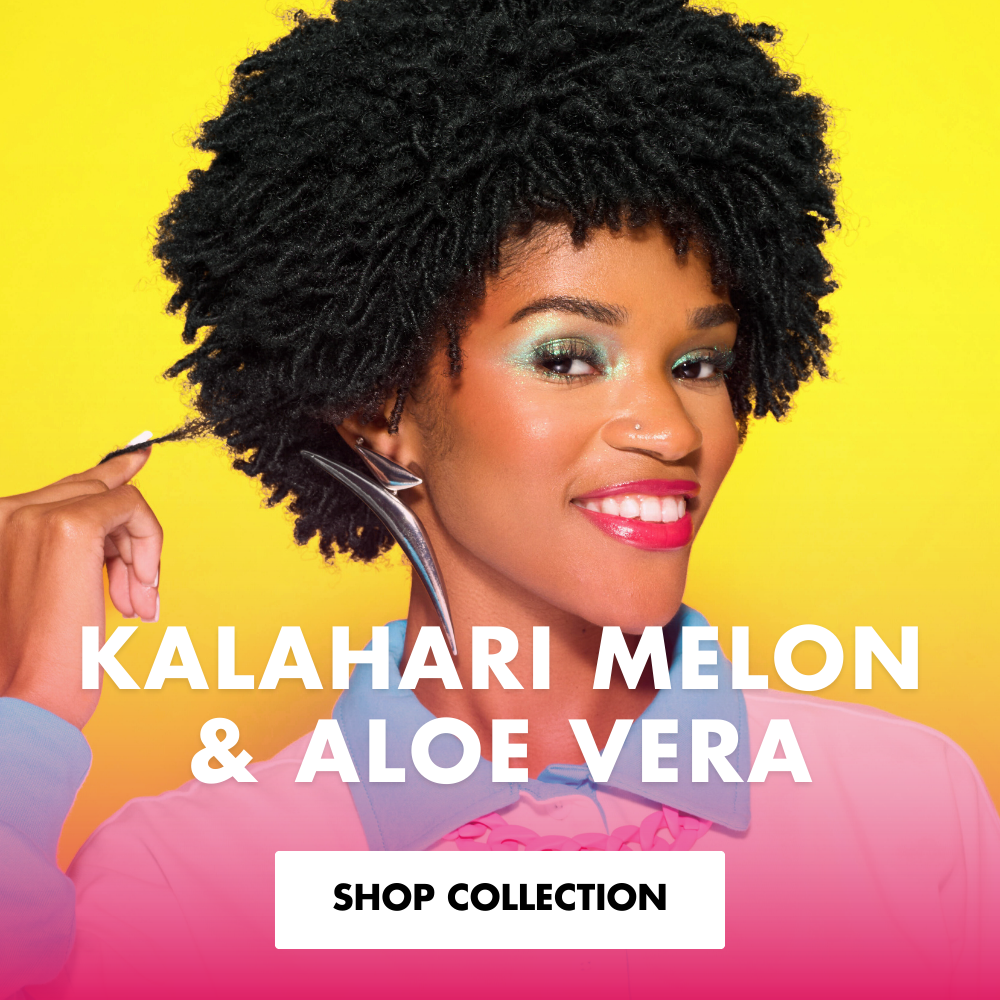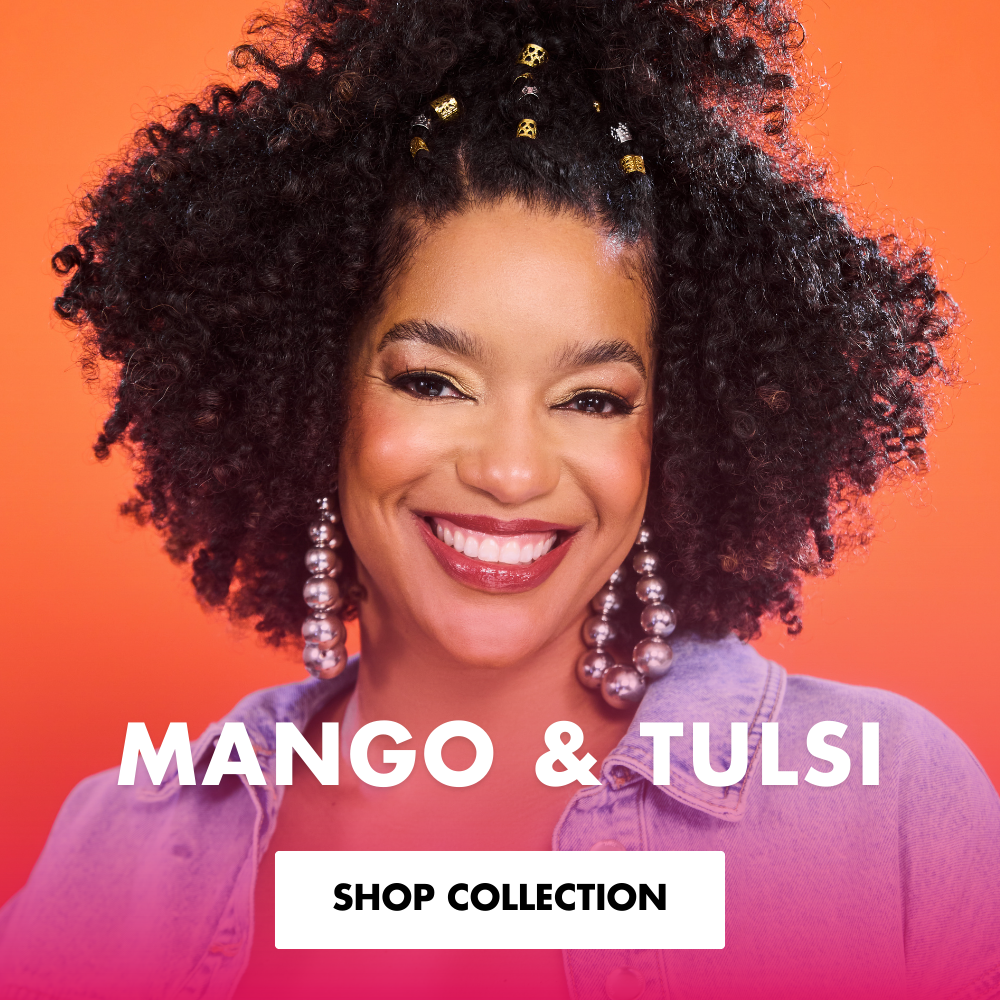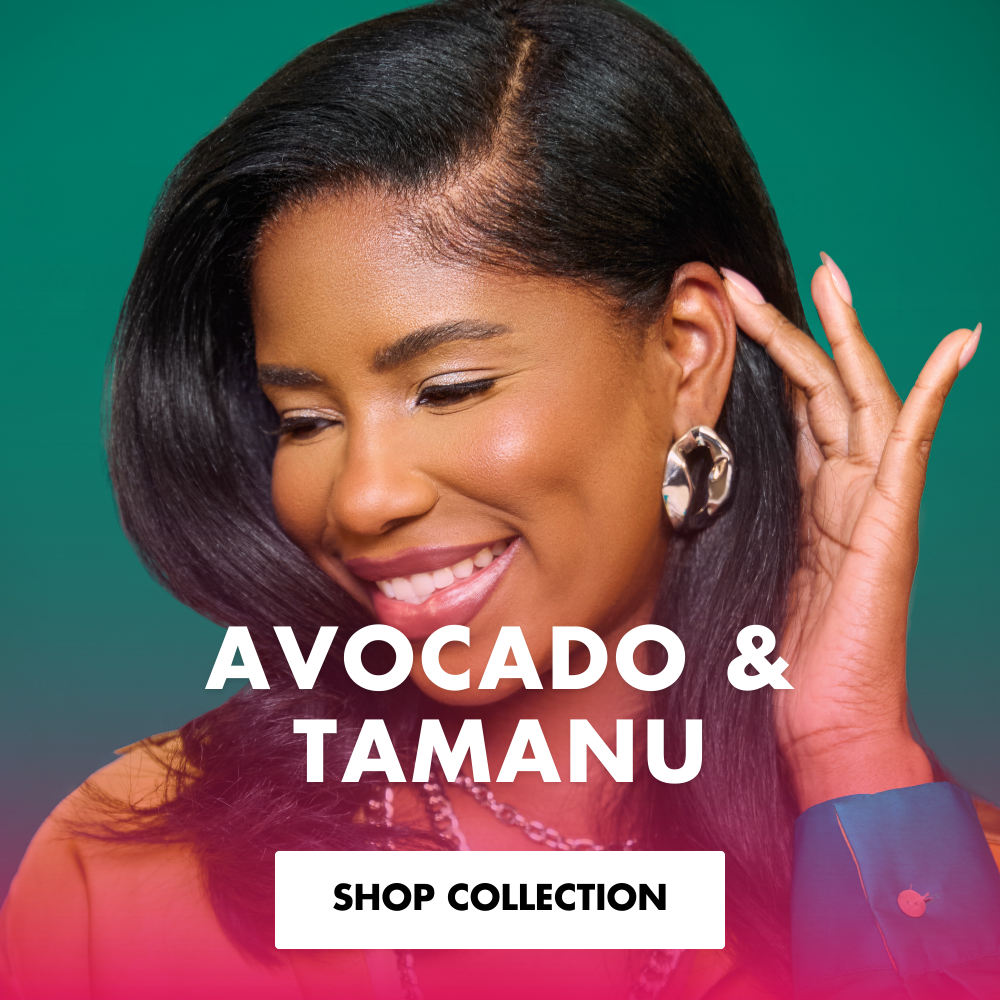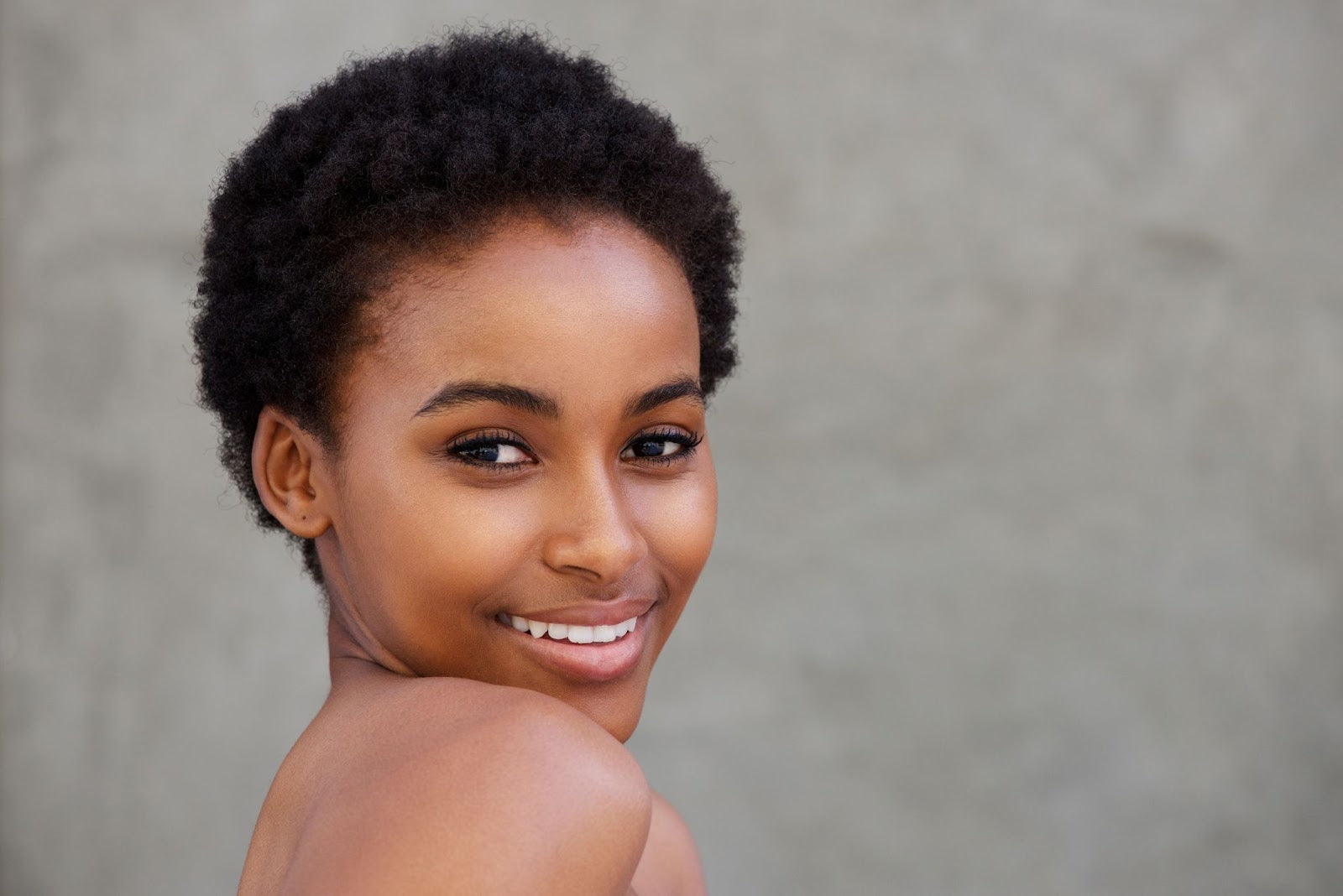Shop
New Arrivals
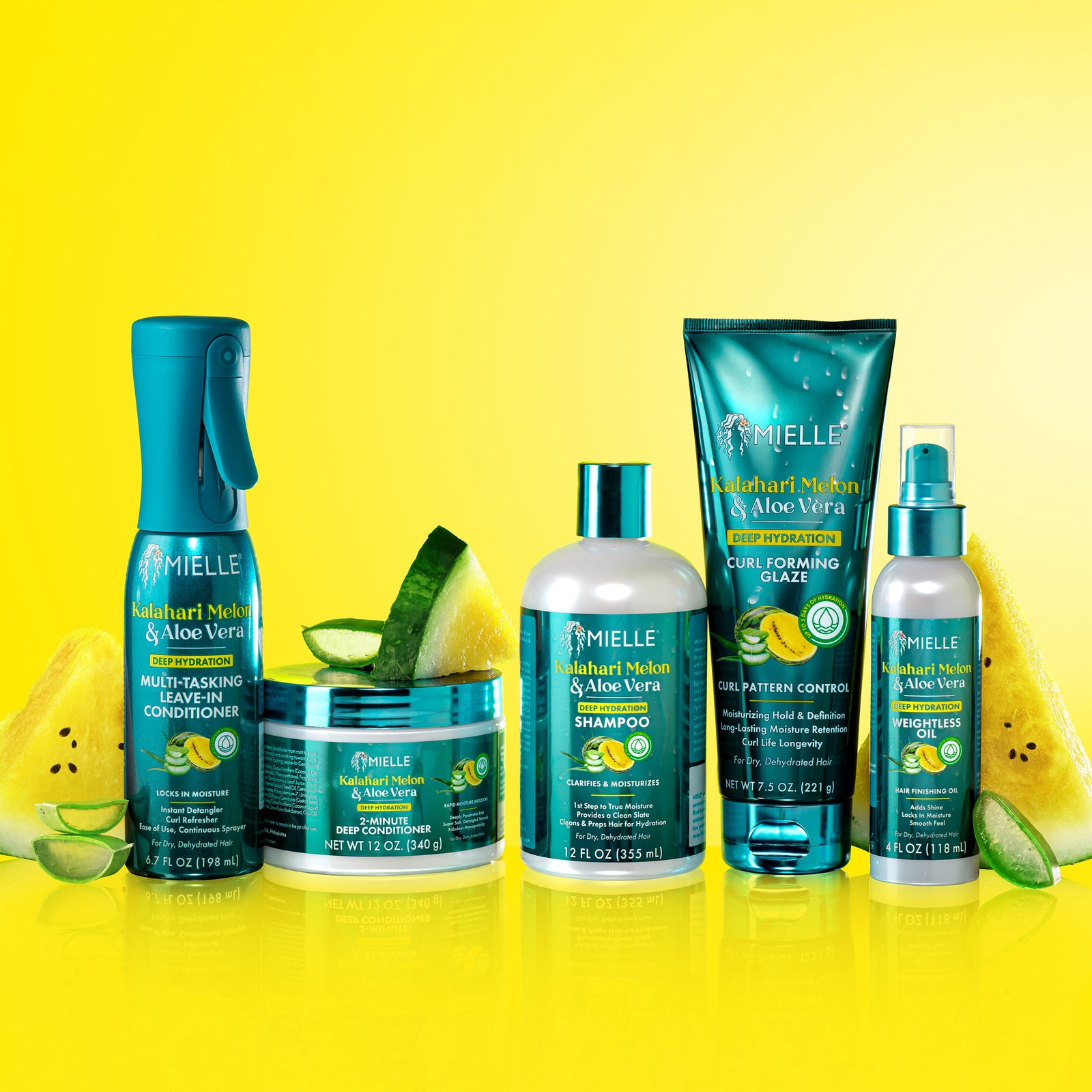
NEW! Kalahari Melon & Aloe Vera Collection
Best Sellers
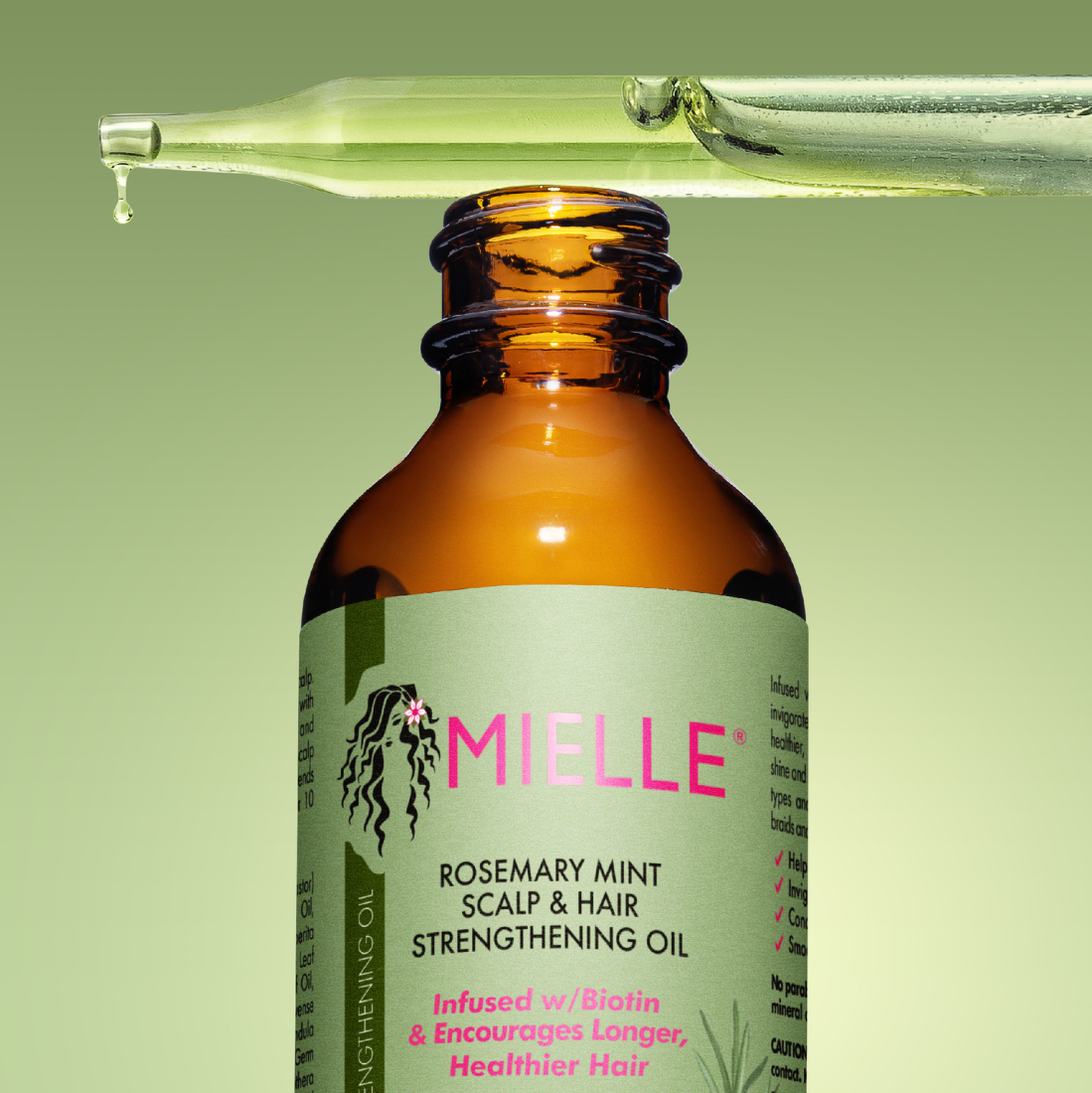
Rosemary Mint Scalp & Hair Oil
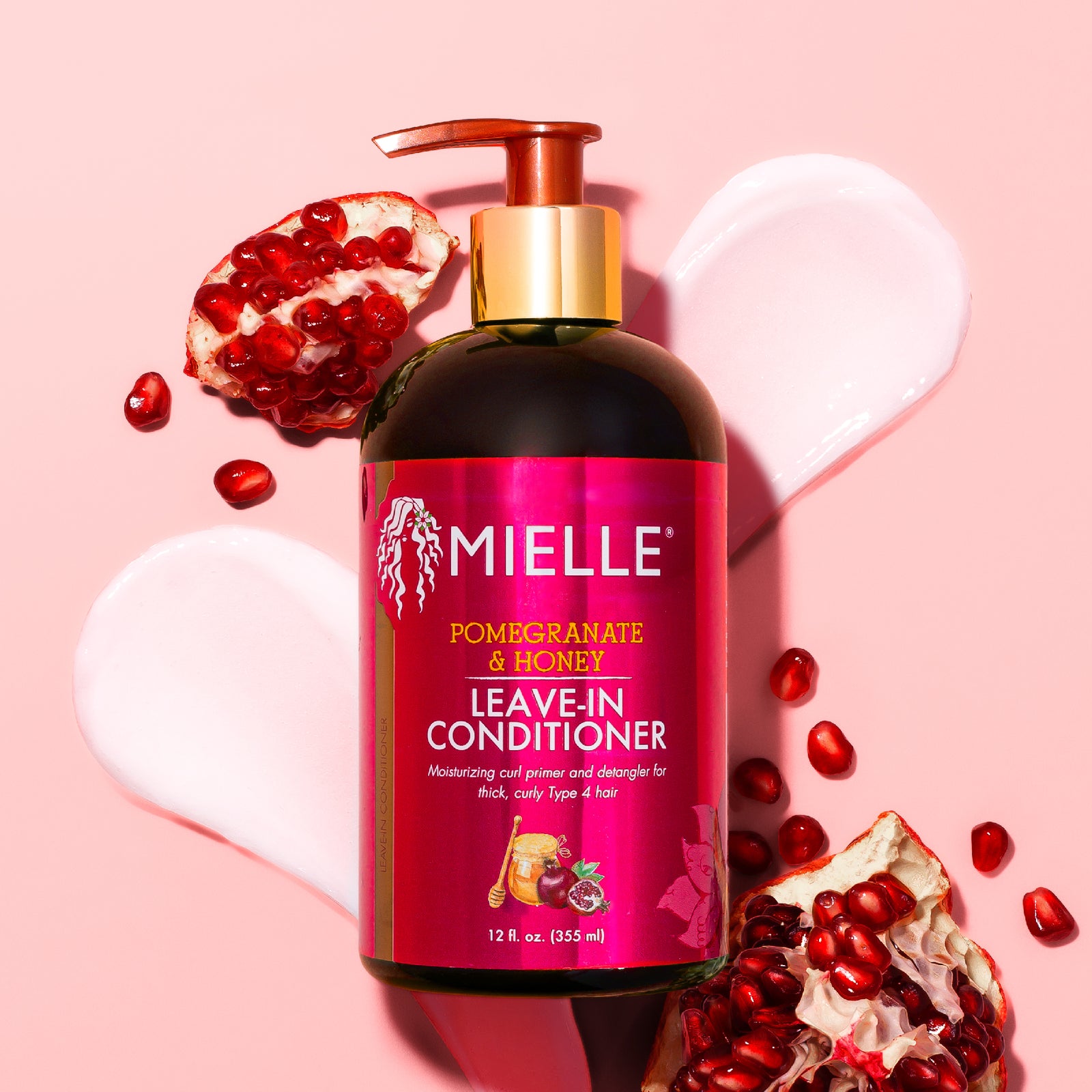
Pomegranate & Honey Leave-In
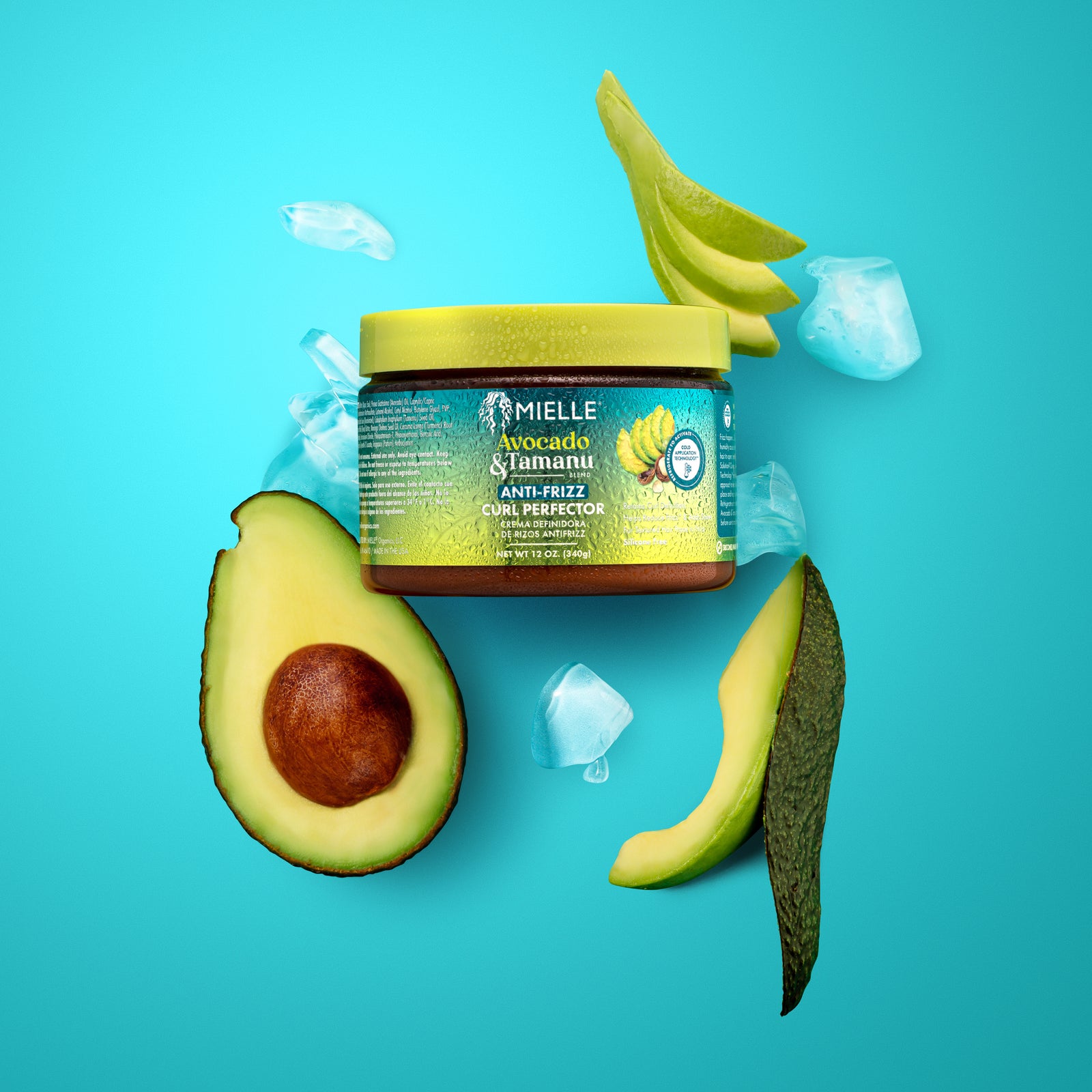
Avocado & Tamanu Curl Perfector
COLLECTIONs
About Us
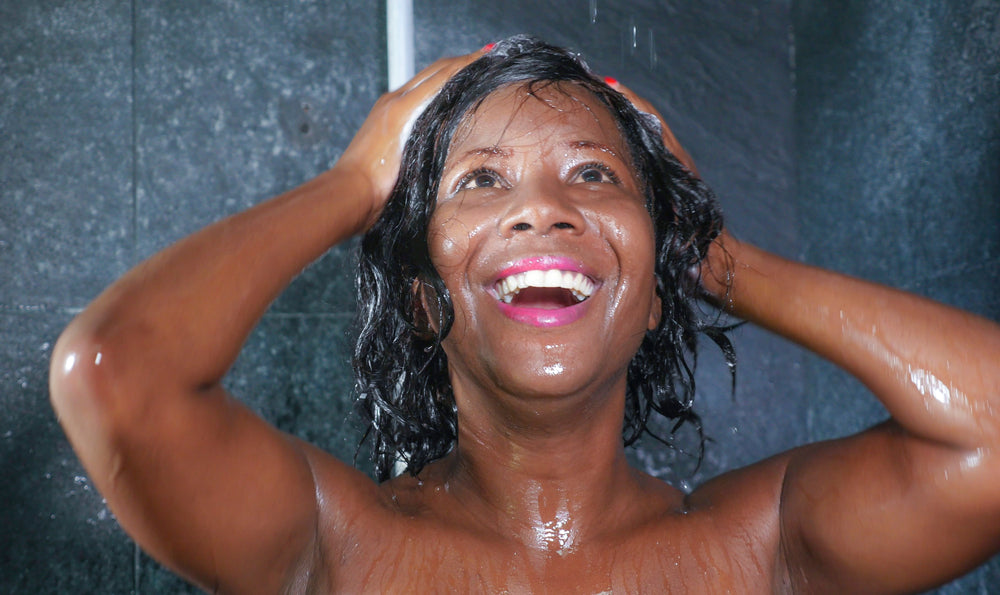
A Guide on How to Co-Wash Hair
By Toia Barry
Naturalistas around the world is embracing their hair in all its natural glory. And when it comes to curly hair, there’s always more to learn.
This guide’s purpose is to make co-washing approachable and understandable for all the curls and coils out there.
What is co-washing hair? Co-washing is short for “conditioner washing,” and many people swear by it for moisture retention. As the name suggests, it simply means washing your hair with conditioner, but many brands make a designated co-wash that you can use as well.
In this guide, we’ll break down the basics, including:
- How to co-wash hair, step by step
- Common co-washing mistakes
- Which hair types can co-wash
Is shampoo bad for your hair? Shampoo can be bad for your hair health and result in dryness and brittleness if used too often. So are you ready to (partially) break up with your shampoo? Let’s lather up.
How To Co-Wash Your Hair
Yes, there is a technique for co-washing. To ensure clean and healthy hair while co-washing, follow a few simple steps to enjoy nourished, refreshed hair.
Here’s how to co-wash curly hair:
Step 1: Choose Your Product
You can co-wash with a regular conditioner or a specific co-wash. While a regular conditioner will work, a co-wash will likely be better at cleansing. Bonus? Co-wash conditioners will also be lightweight, and a lightweight formula is key to avoiding buildup when co-washing so you can work your curls between washes.
Step 2: Yes, Apply Conditioner to the Scalp
You may have always been told that cleansers are primarily for the scalp and conditioner is for the strands. This is for a good reason, especially for curly hair types.
The scalp is where the body’s natural hair and skin oil (also known as sebum) is produced. While sebum is necessary to protect and moisturize your hair, days of not washing your hair can cause oil to build upon your scalp. However, since you’ve been blessed with curls, that oil still may have a hard time traveling down your hair.
Think of it kind of like those spiral straws you loved as a kid. Let’s say you challenged your friend to a slurp-off of your favorite juice or soda. Let’s also say that one of you has a curly straw and the other had a plain old straight straw.
So who do you think would finish their drink first?
(If you want to try this out in real-time, go ahead. We’ll wait).
Answer: It will take longer for the liquid to move through the curly straw because it merely has a longer, windier path. The same goes for the natural oils on your scalp and their way down your curling strands of hair.
If that’s the case, then co-washing your scalp feels a bit upside down, right? But trust us, it works.
Here’s why:
- Most conditioners and all shampoos contain surfactants.
- All surfactants cling to oil and remove that oil by clinging to water.
- A conditioning surfactant combined with scrubbing friction can remove oil from your scalp while still keeping your hair moisturized.
So, as wrong, as it may feel when you first get started, don’t ignore the scalp! That’s where the magic happens.
Step 3: Gently Scrub the Scalp with the Pads of Your Fingers
The scalp magic of co-washing only happens if you scrub. Just as you would with any other cleanser, you need to create friction to lift and remove excess oils.
However, transitioning from shampooing to co-washing requires a bit of a learning curve. You won’t get any suds from co-washing, so aside from co-washing feeling a bit less fun than shampooing, the lack of suds might lead you to be very rough with your scrubbing. It’s essential to resist the urge to scratch or scrub too vigorously.
Treat the skin on your scalp as gently as you (hopefully) treat the skin on your face by:
- Using the pads of your fingers, not your nails
- Rinsing and repeating for more cleansing
Step 4: Rinse Hair Completely
You must rinse your hair thoroughly after you’ve washed it. Otherwise, the oil that was lifted by your conditioner or co-wash will stay on your scalp.
Remember that surfactants don’t make the oil disappear. They just cling to them. So to get rid of excess oil, you still need to rinse thoroughly. Good news: if you are using a co-wash conditioner, the formula is designed to be rinsed out for fresh, full curls.
Step 5: Apply Conditioner to the Strands
More conditioner? Yes! Give your thirsty curls some love by applying conditioner, this time focusing on the strands. You can deep condition for even more moisture retention. Be sure to saturate your hair completely so you can successfully do the next step.
Step 6: Detangle Thoroughly
You may have been able to get through your tangles a bit during the washing step, but once your strands are saturated in conditioner, you can really begin to detangle.
Common Co-Washing Mistakes
Some people cause damage to their hair by co-washing incorrectly. You’ll have the best outcome if you avoid the following co-washing mistakes.
Mistake #1 Co-Washing Exclusively
After years of having hair that looks and feels like hay after washing, co-washing can feel like a miracle. No one can blame you if you never want to feel your hair squeak again.
However, co-washing exclusively can be a recipe for buildup.
Is it bad to wash your hair every day? A wonderful thing about co-washing is that it allows you to wash your hair more frequently, which is ideal because curly hair loves moisture. So if you’re wondering how often you should wash curly hair, let’s break this down. Let’s say you’re washing three times a week instead of 1 or 2. Are you still adding styling products after you wash? Still, defining your curls and slicking back your edges? Still, swooping those baby hairs?
All of those styling techniques can result in product buildup, which can lead to dry strands, heavy hair, and an itchy, flaky scalp.
So instead of 3 co-washes every week, see how your hair feels with two co-washes and one shampoo and conditioner. For extra love for your curls, try one of the many sulfate-free shampoos Mielle Organics offers to refresh your hair and prevent buildup without over stripping.
Mistake #2 Ignoring the Scalp
Healthy hair starts with a healthy scalp, and a scalp can’t be healthy if it’s clogged by buildup. So, when co-washing, scrubbing your scalp should be priority #1.
Mistake #3 Using Heavy Styling Products
Avoiding heavy products helps to prevent the bane of curly-haired gorgeousness—buildup.
If your routine looks like this...
- Saturating your hair with water
- Co-washing
- Conditioning
...then, you’ve accomplished a lot of moisture retention from your shower routine alone. When it comes to styling, your curls shouldn’t need too many heavy products, especially if you’re using formulas designed for naturalistas by naturalistas (hint hint: Mielle Organics).
Mistake #4 Not Detangling Thoroughly
Co-washing introduces a lot of conditioner to your routine. Unfortunately, that doesn’t mean that the tangles will melt away on their own. So, if you’re unsatisfied with the curl definition you’re getting with co-washing, maybe you’re not thoroughly separating all of your strands.
Mistake #5 Using A Product that Doesn’t Work for You
Every head of hair is different. If you know that your hair or scalp reacts badly to an ingredient in a different product, you still shouldn’t use it in a co-wash. Experiment with different products to see what works well. It might help to shop by your curl type so you can find the best co-wash for curly hair for your best hair day ever.
Mielle Organics lets you search natural hair products based on your curl type so you can fill your shower caddy with the good stuff for your gorgeous hair. You can find out what kind of hair you have with our guide to hair texture types.
Mistake #6 Not Clarifying
Curly hair needs a lot of product to meet its unique needs, and since co-washing only removes a bit of oil at a time, buildup is bound to happen without a reset.
So, about once a month, use a clarifying shampoo to clear away buildup. You want to make sure there’s enough room for your hair strands to retain moisture. Otherwise, product buildup could lead to dryness over time.
Keep an eye out for these signs of buildup:
- Itchy or flaky scalp
- Dull hair
- Hair feeling coated or waxy
- Visible residue
A clarifying shampoo should be a bit stronger than a normal shampoo, but it shouldn’t over strip your hair of its essential oils. Consider Mielle Organics’ sulfate-free Monogono Oil Exfoliating Shampoo for a thorough, yet curl-friendly reset for your strands.
Mistake # 7 Co-Washing too Often
One of the benefits of co-washing is that it allows you to wash more often without stripping. Curls love water. Curls love conditioner. Increase both and what could go wrong?
Well, if you wash too often (whatever too often means for your hair), you could experience moisture overload, also known as hygral fatigue.
Whenever you wet your hair, it expands. Then, it shrinks as it dries. If your hair is expanding and shrinking too often, the elasticity of your strands weakens and you could experience:
- Mushy or limp hair strands
- A lack of bounce in your curl pattern
- Hair that takes longer to dry
- Dullness
- Lack of definition
- Tangling
- Breakage
Can All Hair Types Co-Wash?
Co-washing is more beneficial for curly hair (the tighter the curl, the better). Co-washing is not recommended for straight and wavy hair types because they are prone to quickly developing buildup and oily hair.
But, even if you have curly hair, you may have to proceed with caution if you also have:
- Fine hair – Fine hair strands are more easily weighed down by oil, so co-washing may make your hair look oily.
- High porosity hair – High porosity hair expands more readily to accept moisture, so it’s more prone to the effects of hygral fatigue. People with this hair type should be careful not to co-wash too often.
- An oily scalp – If you have an oily scalp, co-washing may not provide the level of cleansing that you need. This could lead to clogged hair follicles and an itchy, inflamed scalp.
- A scalp condition – Co-washing can not serve as a replacement for medicated shampoos and specialized scalp treatments. So, if you know you have a scalp issue, be cautious about potentially worsening your problem.
Getting Started
Now you have the information you need to co-wash safely and healthily. All you need from here is the right product.
Choose a conditioner for your unique needs with Mielle Organic’s wide range of natural curl-loving conditioners. Or keep it simple with our detangler for natural hair, created in collaboration with nature’s best ingredients.
Happy co-washing!

Sources:
- International Journal of Trichology. Hair Cosmetics: An Overview https://www.ncbi.nlm.nih.gov/pmc/articles/PMC4387693/
- The Trichological Society. Surfactants and Shampoos. https://www.hairscientists.org/surfactants-and-shampoos
- ThoughtCo. How Shampoo Works. https://www.thoughtco.com/how-shampoo-works-607853
- ScienceDirect. Cationic Surfactants. https://www.sciencedirect.com/topics/pharmacology-toxicology-and-pharmaceutical-science/cationic-surfactants#:~:text=Cationic%20surfactants%20are%20essentially%20quaternary,%2C%20cetrimonium%20and%20cethexonium%20bromides
- Byrdie. This Is the Real Difference Between Co-Wash and Conditioner, According to Natural Hair Experts. https://www.byrdie.com/co-washing-natural-hair
- Byrdie. 10 Co-Wash Mistakes to Avoid for the Healthiest Hair. https://www.byrdie.com/co-wash-mistakes-to-avoid-for-the-healthiest-hair-400127
- Healthline. What is Hygral Fatigue and How Does it Affect Hair https://www.healthline.com/health/hygral-fatigue#causes
Related Blogs
We and our partners use cookies and other technologies to improve your experience, measure performance, and tailor marketing. Privacy Policy.
Cookie preferences
You control your data
You can control how your data is used on our website. Learn more below about the cookies we use and choose which cookies work for you.
If you accept all cookies
- Our site may be improved based on your interests
- Your preferences may be stored for when you return
- You may see advertising that's tailored to you
These cookies are required for the site to function and for necessary activities like protecting against fraud.
These cookies help to understand how you interact with the site and what types of content are valuable to you.
These cookies help remember your preferences, like your country or language, to personalize your next visits to the website.
These cookies are used to provide ads on other sites and marketing communications based on your interests.

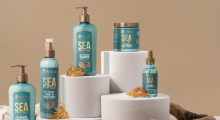 Shop By Category
Shop By Category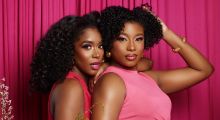 Shop By Hair Texture
Shop By Hair Texture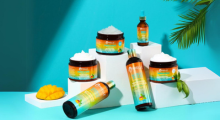 Shop By Collection
Shop By Collection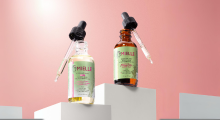 New & Best Sellers
New & Best Sellers Product Safety
Product Safety
 SALE
SALE

